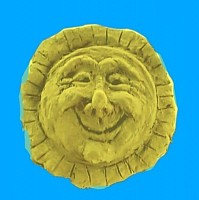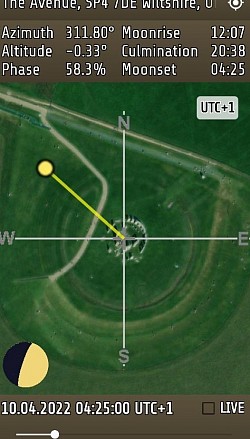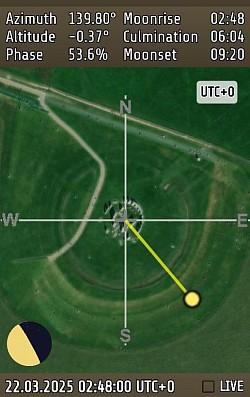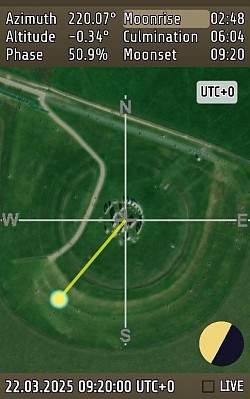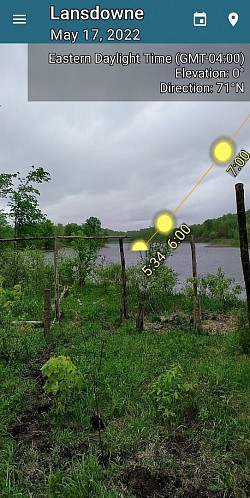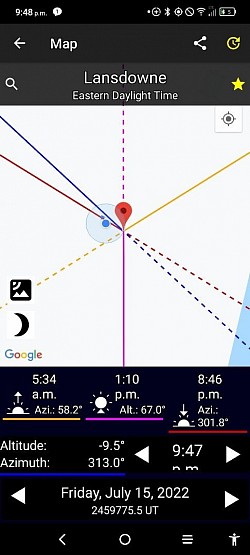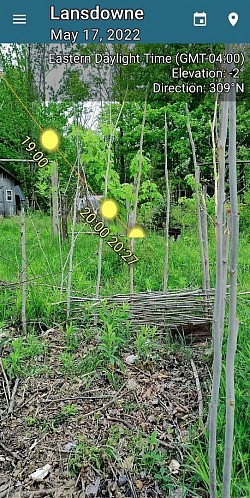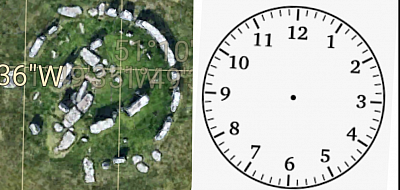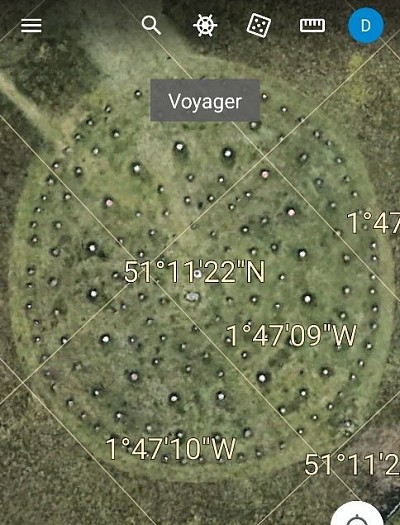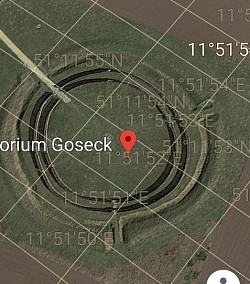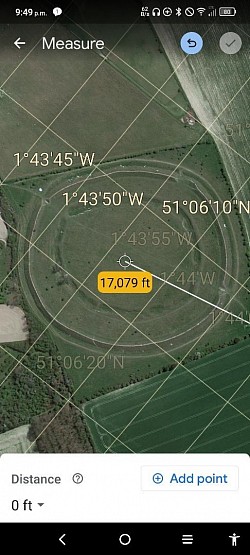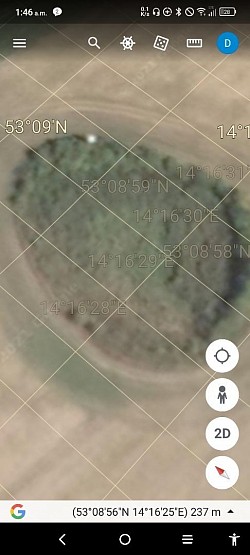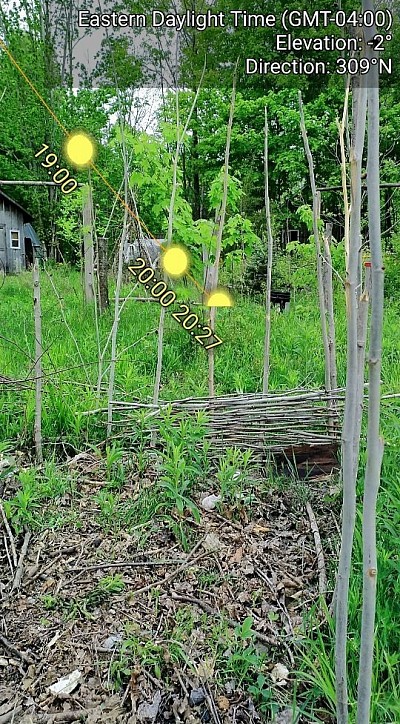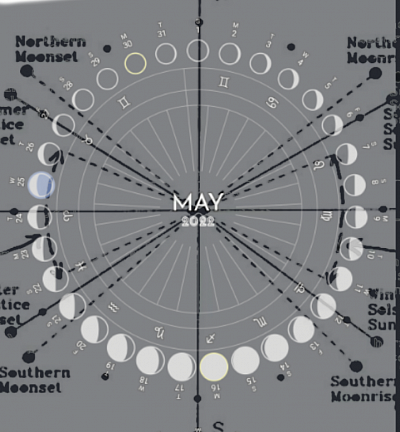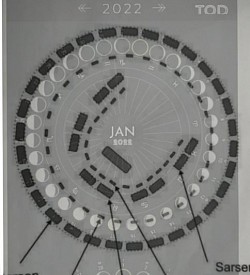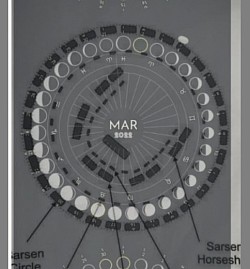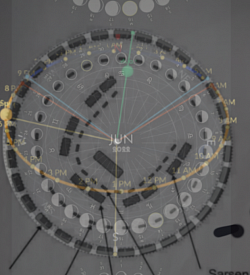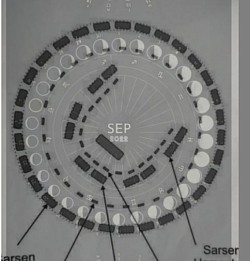Views from Stickhenge
The ClockBase 60 and more.
Stonehenge and the Clock are both diagrams of the Earth which measure the "motion of the Sun through the sky".*
Stonehenge's circle originally had 30 stones. There are 30 spaces between the stones. If we add 30 spaces to 30 stones we get 60 which is the same number which indicates minutes and seconds on a 12 hour clock.
If we go back to the idea of the clock being a diagram of the earth, we can get the idea of the Sun's position over each point on the earth as it moves in seconds, minutes and hours.
THE 24 HOUR CLOCK
A 12 hour Clock works for most purposes through the day if you are thinking about morning and afternoon. You just repeat the twelve hours cycle to reach a total of 24 hours. The problem here is that the Sun's apparent motion takes 24 hours to go around the earth and it moves 12 hours from north south rather than 6. This shows how the.same numbers can represent different things. Our clock separates different functions by using recognizable hands. Stonehenge's can represent every number that the clock can, and more.
What a Henge REALLY does.
Just when I decided I had a handle on what a henge is, it gives me another surprise. The Henge works as a focus that helps to organize thinking. Great care has to be taken in both laying out the henge and making observations. You really have to think things out clearly to find a specific day. (Today for example). There are 30 stones set at a distance of 12 degrees but the Sun moves at 15 degrees per hour. The Moon moves back and forth and up and down at a confusing rate. It's hard to figure out what the 30 stones are measuring. The mathematics must have had an expanding effect on the Neolithic mind. They had to invent the measurement systems based on the degrees that they also invented.
The degree Is based on the apparent diameter of the Sun, which is equivalent to the width of a finger. The rest of space is measured by Solar diameters or digits.
My investigation of Stonehenge started with my own theory that the hight and radius of the Sarsen Circle was based on the thumb viewed with the arm extended. After a series of tests I discovered that my theory was correct. The distance works out to 54 feet which is the radius of Stonehenge's Sarsen Circle. The diameter is 108 feet.
It wasn't until I started reading about Vedic Astrology that I realized the significance of the number 108. 108 lunar diameters is the distance from the Earth to the Moon. 108 Earth diameters equals the diameter of the Sun and 108 Solar diameters equals the distance from the Sun to the Earth.
Views about Hunting & Gathering
I think that the popular view of hunting and gathering and agricultural societies suffers from the perspective of the scholars who wrote about it. I had been convinced by people like Dr. Jacob Bernovsky. He explained that cities began as a result of the agricultural revolution and were based on a surplus of grain. After reading The Origin of Everything, I saw things in a different way. As a Canadian I can understand that a complex society can exist on hunting and gathering. Canada was founded on the fur trade, lumber, fishing and mining. Cities are built on trade and ease of transportation, not the hoarding of a single commodity. Just look at any gold mining boomtown or petro-state to decide if agriculture is necessary to assemble large groups of people
The Days of the Week
In Vedic Astrology, the Moon names the day, so we look to the Moon's orbit and phases to determine what day it is.
The seven days of the week are named after the Sun and the Moon and the five visible planets; Mercury, Venus, Mars, Jupiter and Saturn.
